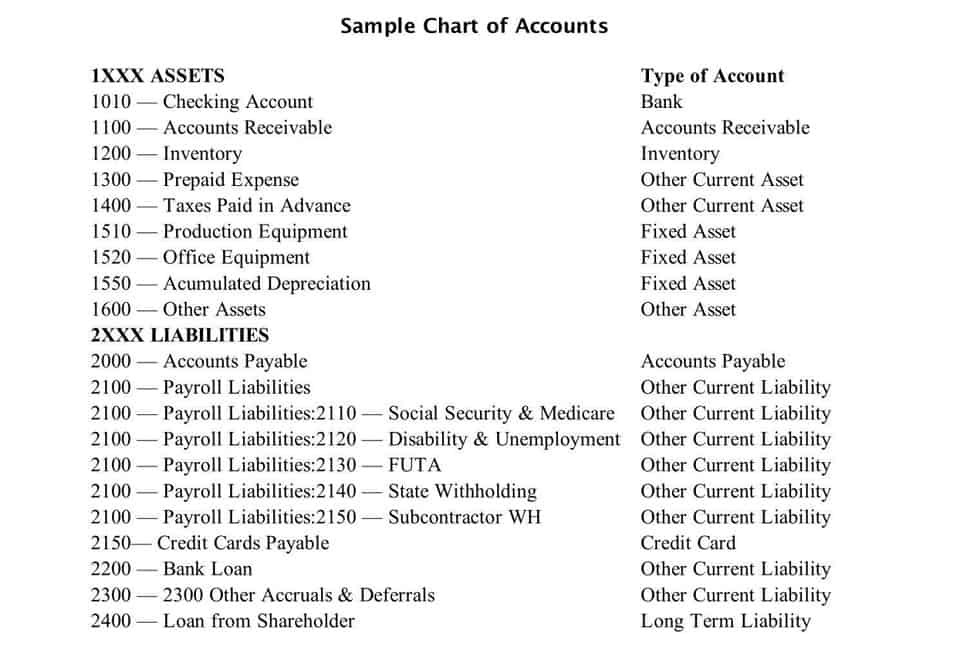Purchase Discount in Accounting

Contra asset examples like ‘Accumulated Depreciation’ reduce the value of fixed assets, showing their worth after usage over time. A contra liability is a general ledger account with a debit balance that reduces the normal credit balance of a standard liability account to present the net value on a balance sheet. Examples of contra liabilities are Discounts on Bonds and Notes Payable and Short-Term Portion of Long-Term Debt. Last, for contra revenue accounts there are sales discounts, sales allowances, or sales returns. These contra revenue accounts tend to have a debit balance and are used to calculate net sales.
How to Calculate Units of Activity or Units of Production Depreciation

In other words, contra revenue is a deduction from gross revenue, which results in net revenue. At the date of purchase the business does not know whether they will settle the outstanding amount early and take the purchases discount or contra expense account simply pay the full amount on the due date. In these circumstances the business needs to record the full amount of the purchase when invoiced and ignore any discount offered in the supplier terms.
Purchase Discount Example
In reality, the actual number of company discounts came closer to $2 thousand. Accumulated Depreciation acts as a subaccount for https://www.facebook.com/BooksTimeInc tracking the ongoing depreciation of an asset. Each year of an asset’s life, another year of Depreciation Expense is recorded. The offset to the Depreciation Expense account is Accumulated Depreciation.

What is a contra revenue account?

If the business pays the supplier within the 10 days and takes the purchases discount of 30, then the business will only pay cash of 1,470 and accounts for the difference with the following purchases discounts journal entry. Moreover, businesses can avoid the harsh lights of compliance issues and investor skepticism with a clean, transparent ledger. Accurate contra account use also smoothes out budget forecasting and financial planning, as businesses are not caught off-guard by suddenly realized losses or overstated assets.
- This information assists auditors, and financial analysts in evaluating a company’s financial performance and risk exposure.
- Contra revenue is a general ledger account with a debit balance that reduces the normal credit balance of a standard revenue account to present the net value of sales generated by a business on its income statement.
- Instead, an adjusting journal entry is done to record the estimated amount of bad debt.
- They ensure that financial statements adhere to standardized accounting practices, enhancing the credibility and comparability of financial reports.
- The purchases discounts normal balance is a credit, a reduction in costs for the business.
- A contra account is an essential concept in financial accounting that serves to offset the balance of another account.
- They ensure that the assets, revenues, and equity reported are not overstated, and that liabilities are presented in relation to any discounts or premiums.
It’s essentially a reverse investment; instead of pouring money in, the company is taking it back, reflecting a decrease in shareholders’ equity. This can have various strategic implications, from attempting to increase per-share earnings to trying to prevent takeovers. Contra equity accounts, therefore, act as a ledger for corporate strategy, impacting how the worth of a company is perceived from the outside. In this instance the accounts payable balance is cleared by the cash payment and no purchase discount is recorded.
- Accurate contra account use also smoothes out budget forecasting and financial planning, as businesses are not caught off-guard by suddenly realized losses or overstated assets.
- By creating the Sales Discount account, the company can provide context to their revenue figures and better understand trends in the marketplace.
- If a customer returns $500 of this merchandise, Company K will debit Sales Returns and Allowances for $500 and will credit Accounts Receivable for $500.
- To keep a finger on the pulse of your contra accounts, you might also consider dashboards and reporting tools that offer real-time insights into these critical financial metrics.
- Purchase Discounts, Returns, Allowances and other contra expense accounts may be presented on the income statement as individual line items or aggregated into a single contra-expense line if immaterial or preferable.
Cash Flow Statement
- The allowance method of accounting allows a company to estimate what amount is reasonable to book into the contra account.
- The purpose of the Allowance for Doubtful Accounts is to track the reduction in the value of the asset while preserving the historical value of the asset.
- Discount on Bonds Payable is a contra liability account with a debit balance that reduces the normal credit balance of its parent Bonds Payable liability account in order to present the net value of payables on a company’s balance sheet.
- A debit will be made to the bad debt expense for $4,000 to balance the journal entry.
- This presentation separates them from positive asset balances for clear visibility of the adjustments.
A delivery van is purchased by a business to use in delivering product and picking up materials. The company uses Straight-Line Depreciation to track the loss of value of the asset over time. Contra accounts provide more detail to accounting figures and improve transparency in financial reporting. If the business does not pay within the discount period and does not take the purchase discount it will pay online bookkeeping the full invoice amount of 1,500 to the supplier and the discount is ignored.
Normal Balance and the Accounting Equation

A common example of a purchase discount are the NET D payment terms, such as 2/10 Net 30, where a buyer receives a 2% discount if an invoice is paid early within 10 days, otherwise a full payment is due in 30 days. Optimizing your handle on contra accounts doesn’t end with just understanding them; it’s about mastering the tools and techniques to manage them effectively. Enrich your expertise by diving into online courses that dissect advanced accounting concepts, many of which come with coveted CPE credits to boot.
